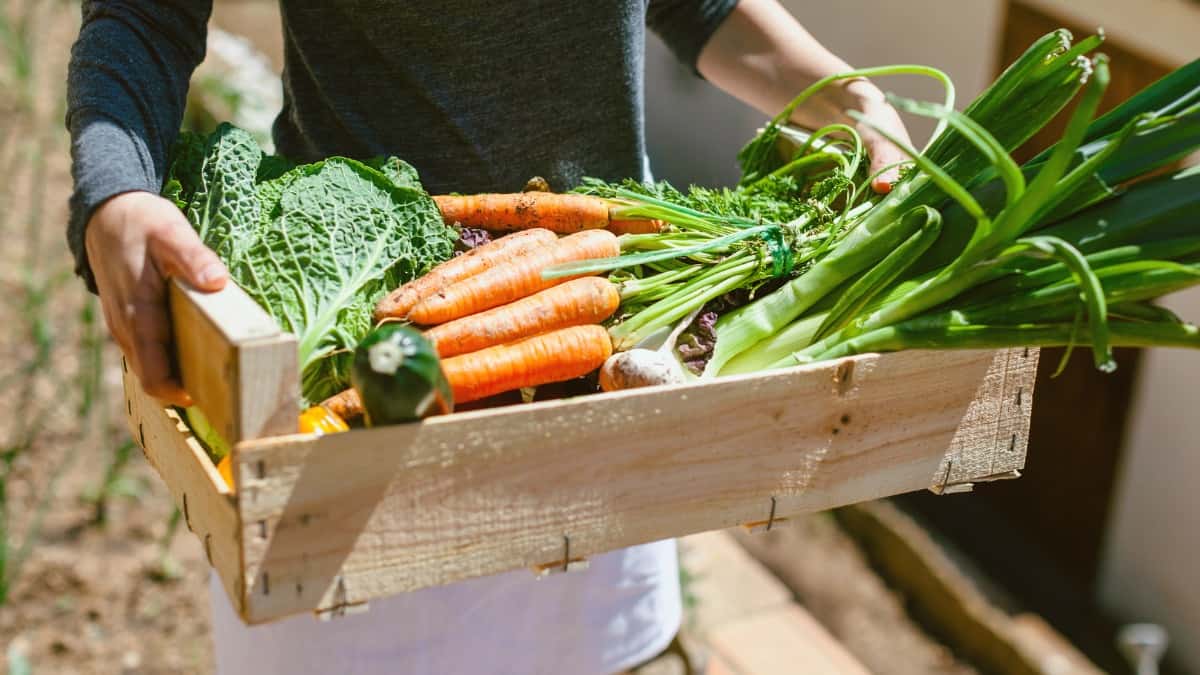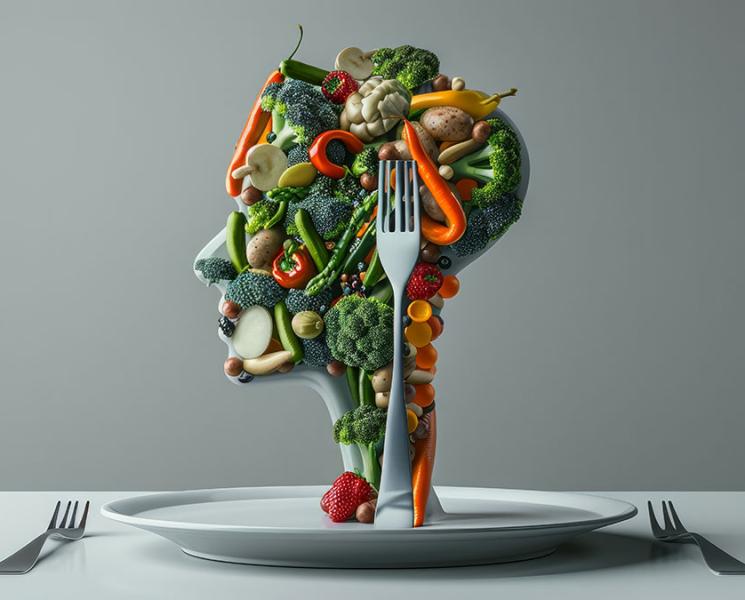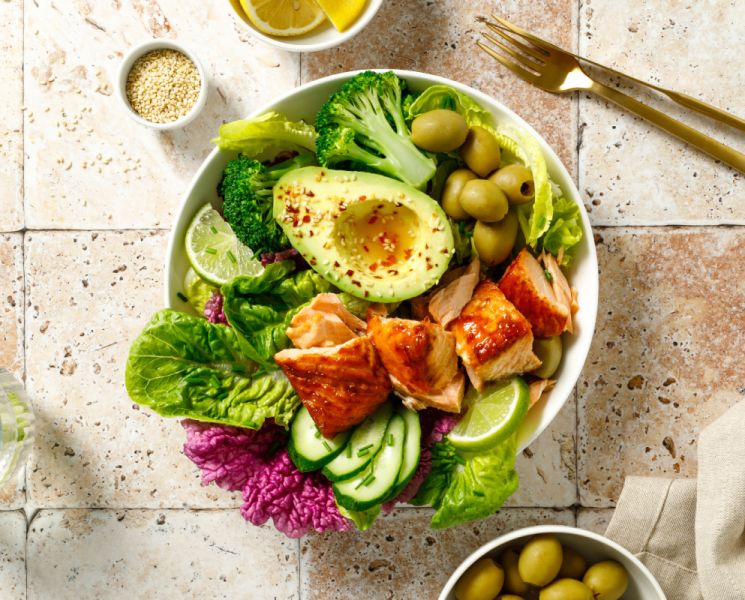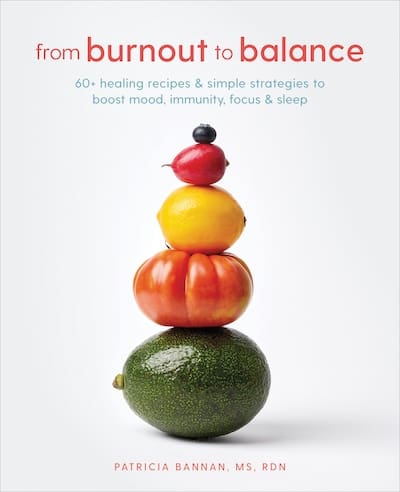I asked my dietitian colleagues for some insight and tips on sustainability for Earth Month. Here are fourteen simple tips to try!
April is Earth Month! This is a time of year when people rally together to discuss (and raise awareness for) important global environmental issues, such as pollution, climate change, and industrialization. While these issues are vital to understand and share, they can also be overwhelming, which often brings people to ask the question “what can I do to help?”
To help shed light on this question, I asked some of my nutrition colleagues for their best sustainability tips, and they were more than happy to deliver. Read on to learn how to incorporate easy, every-day changes to live a more sustainable lifestyle that betters your health and the planet.
1. Embrace ugly produce.
“Your fruits and vegetables were not meant to be identical—they have been bread this way for packaging and shipping. If it isn’t the perfect size and shape it is left on the field to rot—ugh! Encourage your grocery store to purchase imperfect produce and do your part—buy irregular produce at the market—sometimes it costs less to boot!”
–Katie Cavuto, RDN
2. Meal plan.
“Plan your meals so you know what needs to be purchased and what you have in hand. Find creative ways to use foods that are in your pantry or in your freezer. You will be surprised how many meals you can create with what you currently have at home.”
–Sylvia Klinger, MS, RDN.
3. Save on packaging.
“A relatively simple step is moving towards eating snacks that aren’t individually wrapped. One good example: instead of buying an individual serving of yogurt for your afternoon snack, buy the family-sized container and dole out a serving into a re-useable container and add your favorite toppings.”
–Rachel Begun, MS, RDN
4. Stop drinking bottled water.
“Get a BPA-free water bottle and invest in a water filter if you think your municipal water supply is questionable (which is probably isn’t since it’s tested daily and monitored by the EPA). Avoiding bottled water saves on the energy it takes to make the bottles, which involves millions of gallons of oil yearly, and the energy it takes to transport the water. The majority of water bottles are not recycled, so drinking only tap water significantly reduces land, and ocean, pollution.”
–Elizabeth Ward, MS, RDN
5. Bring your own coffee cup.
“This is one of the easiest ways to reduce waste. Most paper coffee cups aren’t recyclable due the waterproof polyethylene liner AND some coffee shops offer a discount for using your own mug.”
–Erin Hendrickson, RDN
6. Get creative with leftovers.
“Whether it’s leftover rotisserie chicken that you slice, freeze and then use later in quesadillas or a few carrots that you can slice and toss into a lentil soup as it bubbles on the stove, there’s no reason you should ever have to toss a rotting piece of food again!”
–Liz Weiss, MS, RDN
7. Eat more plants.
“Industrial animal agriculture emits more greenhouse gases into the atmosphere than all of transportation. Embrace a weekly Meatless Monday in your household, or give vegan/vegetarian a shot for a month. You can easily substitute things like beans, lentils, whole grains, soy, seitan, nuts and seeds, and a variety of fruits and vegetables for animal products and still create colorful and nutritious family meals.”
–Lauren Panoff, MPH, RDN
8. Organize and properly store groceries.
“Food waste directly impacts the global economy, uses up valuable resources such as water, and produces greenhouse gas emissions. By organizing and properly storing groceries you can reduce your food waste, save money, and have a positive impact on the environment.”
–Emily Haller, RDN
9. Transition to using reusable bags instead of plastic.
“Take reusable produce bags with you when grocery shopping, reusable bags to carry out groceries, and go further with reusable silicone bags (such as Stasher) to store leftovers or snacks. Reducing petroleum-based waste by using less plastic bags and sandwich baggies helps the sustainability of our planet and our ecosystem.”
–Karla Moreno-Bryce, RDN
10. Use stainless steel or silicone straws instead of disposable plastic ones.
“Usually we just use them at home but since my toddler loves to drink from straws, I carry a few in my diaper bag. You can buy them at Target or on Amazon.”
-Jessica Spiro, RDN
11. Don’t forget about aquafaba.
“Aquafaba is the thick liquid that results from soaking or cooking beans and it’s also the rich liquid you’ll find inside canned beans. Instead of wasting it, you can use aquafaba to sub in for eggs in recipes (perfect for vegetarians and vegans) including in baked goods, meringues, sauces and more. So, the next time you open a can of beans, besides enjoying the delicious taste and benefits that beans provide… try using the liquid within to enhance some of your family’s favorite dishes. Waste less, enjoy more!”
–Bonnie Taub-Dix, MA, RDN
12. Reduce, reuse, recycle.
“Reduce: shop for products with less packaging (bulk items are great here) or reflect on whether you need it first. Reuse: find ways to use something as many times as you can! (Use Mason jars to store leftovers, pack lunch in, sort household items, or buy your bulk items in). Recycle: when you’re done with an item find a good place to recycle it.”
–Rochelle Davies, RDN
13. Eat local.
“It’s more sustainable because it reduces the carbon emissions used in transporting your food from where it grew to your market. Some markets have great “local” sections, but I love going to the farmers’ market, where I can not only get great locally grown and produced foods, but also talk to the farmers about how they were grown and how to use them!”
–Melissa Groves, RDN
14. Compost your kitchen scraps to enrich your outdoor garden.
“There are many types of kitchen compost buckets available now that make this easy to do. Any type of produce scraps, egg shells or grains can be composted – just leave out any meat, dairy or oily waste. The indoor bucket can be transferred to an outdoor or garage tumbler. In just a few weeks you can have fantastic fertilizer to enrich garden soil or patio pots. Growing a few of your own vegetables completes the cycle.”
-Catherine Brown, CDM, CFPP





